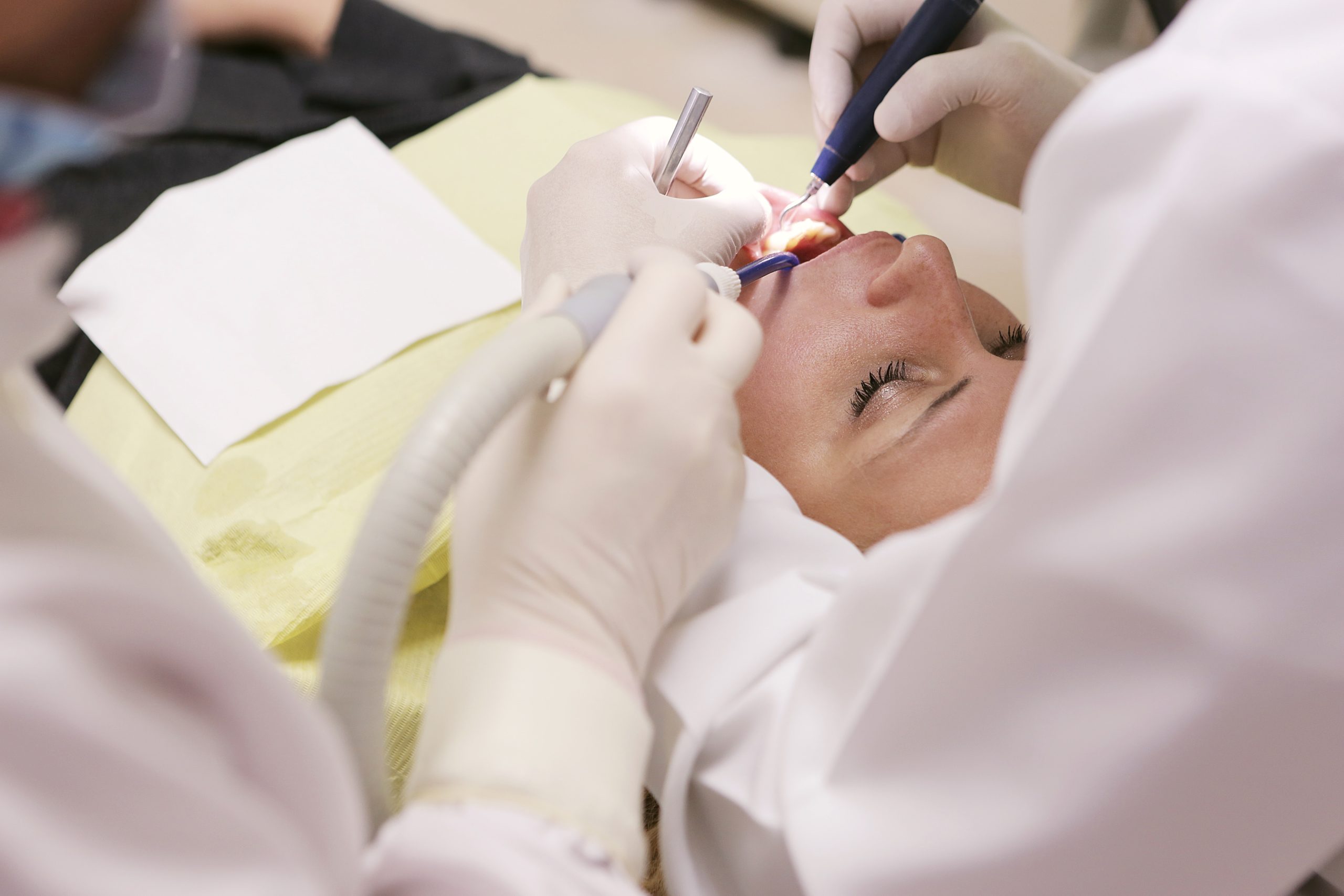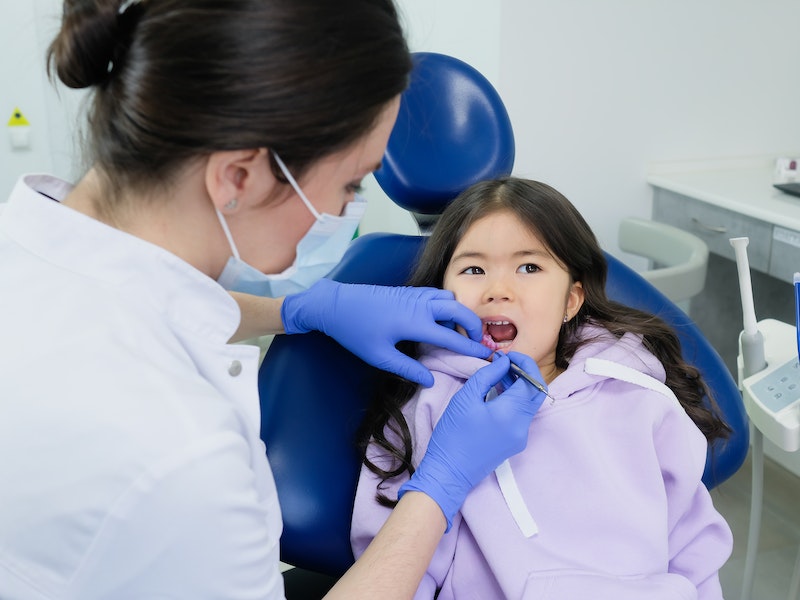What Are the Top Orthodontic Treatment Options for Children?
Orthodontic care is not only for adults. Children, too, need special attention when it comes to dental health. Pediatric dentistry is a branch dedicated to children’s oral health from infancy through the teenage years.
Understanding Orthodontics and Treatments
Defining Orthodontics
Orthodontics, a specialty within dentistry, focuses on correcting misaligned teeth and improper bites, called malocclusions. This field is essential for enhancing oral health and creating beautiful smiles in kids.
Importance of Early Orthodontic Care
Early intervention in child orthodontic care is vital to your child’s dental health. Detecting malocclusions or other orthodontic issues early can prevent complex problems later on. Providing your child with an emergency orthodontist appointment can prevent dental emergencies.
Common Pediatric Orthodontic Conditions
Pediatric orthodontic conditions refer to various dental and jaw problems in children. These could be due to genetics, inappropriate oral habits, or injuries.
Below are some common pediatric orthodontic conditions.
- Malocclusions in Children: These are conditions where the child’s teeth do not fit together correctly. Overbite, where the upper teeth excessively overlap the lower teeth. Underbite, where the lower teeth are more forward than the upper teeth, and crossbite, where one or more upper teeth bite inside the lower teeth.
- Spacing Issues: This condition involves excessive or uneven spacing between teeth, often due to missing teeth or teeth that do not “fill up” the mouth.
- Crowding: Refers to a condition where there isn’t enough space for all the teeth to fit normally within the mouth.
- Protrusion of Front Teeth: This happens when the front teeth stick out too much. It’s often due to thumb sucking or using a pacifier for extended periods.
- Impacted Teeth: A condition where a tooth fails to erupt or partially erupts.
Every child is unique, and these conditions may present differently from one child to another. Early detection through regular dental check-ups can go a long way in correcting such conditions through suitable orthodontic treatments.
Causes of Misaligned Teeth
Common causes for misaligned teeth in children include:
- Early or Late Loss of Baby Teeth: Premature or delayed tooth loss can cause adjacent teeth to shift, leading to misalignment.
- Thumb-Sucking: Persistent thumb-sucking after age five can affect jaw development, leading to protrusion or misalignment of teeth.
- Poor Breathing Mouth: Children who consistently breathe through their mouths may develop misaligned teeth due to changes in the shape of their mouths.
- Facial Injuries: Accidents involving a hit or a fall to the face can displace teeth, leading to alignment issues.
Top Orthodontic Treatment Options for Children
Several orthodontic treatments can help your child attain a healthy and attractive smile. When you consider a dental orthodontist for children, there are various options, including:
Traditional Metal Braces
One of the most common pediatric dentistry tools includes traditional metal braces. These orthodontic appliances consist of brackets, wires, and elastic ties to adjust the teeth slowly over time.
Tooth-Colored Braces
Tooth-colored braces use clear or ceramic brackets, making them less noticeable than metal braces. They’re an aesthetic choice often used in child orthodontic care.
Invisible Braces and Clear Aligners
These custom-built, clear plastic trays fit over your child’s teeth. Clear aligners for kids are removable for easy cleaning and eating.
Appliances for Orthodontic Treatment
A variety of appliances can be used in orthodontic treatments, such as:
- Retainers: They are usually worn after removing braces to prevent teeth from shifting back to their original positions.
- Expanders: These are used in pediatric dentistry to widen the upper jaw and make room for crowded teeth.
- Rapid Palatal Expanders (RPE): They work similarly with expanders but achieve quicker results.
What to Expect When Your Child Gets Braces
The Process of Getting Braces
The process starts with a dental orthodontist for children and involves creating a dental mold and then fixing the braces onto your child’s teeth. They will have to visit the orthodontist for regular check-ups and adjustments.
Adjustments and Maintenance of Braces
Brace adjustment for kids is a normal part of the orthodontic treatment. It can cause minor discomfort, but this typically subsides after a few days.
Teeth Care with Braces
When your child has braces, maintaining dental hygiene for kids is essential:
- Brushing and flossing with braces can be challenging, so special brushes designed to clean around braces might be necessary.
- OTC pain relievers might be helpful after the installation of braces or during adjustments.
- Certain food choices, such as hard and chewy foods, should be avoided to prevent braces damage.
Life After Braces: Retention and Post-Care
The Importance of Retainers
The importance of retainers cannot be overstated. They are crucial in stabilizing the alignment of your child’s teeth after removing braces, ensuring the hard work and progress achieved don’t unravel. Simply put, retainers help secure a confident and healthy smile for the long term.
Caring for Your Retainer
Retention care is crucial in maintaining oral hygiene post-orthodontic treatment. Thorough cleaning of the retainer regularly can prevent bacterial and plaque buildup. This can be achieved using a toothbrush, toothpaste, and soaking solutions recommended by the orthodontist.
Choosing the Right Orthodontic Treatment
Consulting with an Orthodontist
Consulting with an orthodontist provides an opportunity to discuss your child’s unique dental issues and explore the best alternatives for treatment. This dedicated professional can suggest appropriate, customized solutions for your child’s dental health and smile aesthetics.
Evaluating Treatment Options
When considering the different orthodontists services in Ontario for your child, you should evaluate different elements such as:
- The child’s age and dental development.
- The severity of the orthodontic condition.
Conclusion
With orthodontic care, perfect teeth alignment can be achieved early, preventing future dental issues. Whether through metal braces, invisible aligners, or retainer use, pediatric orthodontics helps your child attain optimal oral health and an attractive smile that lasts a lifetime.












